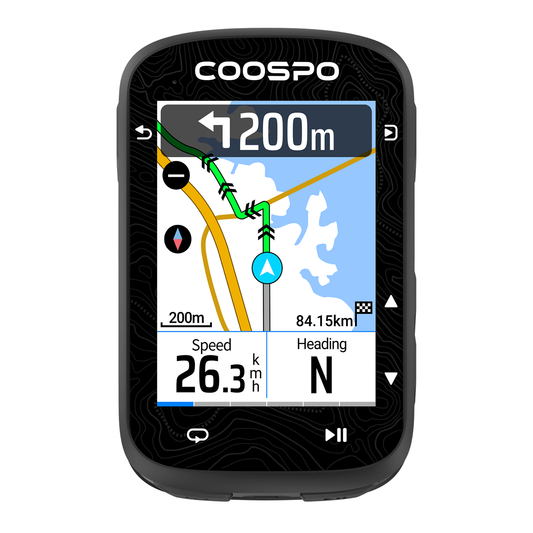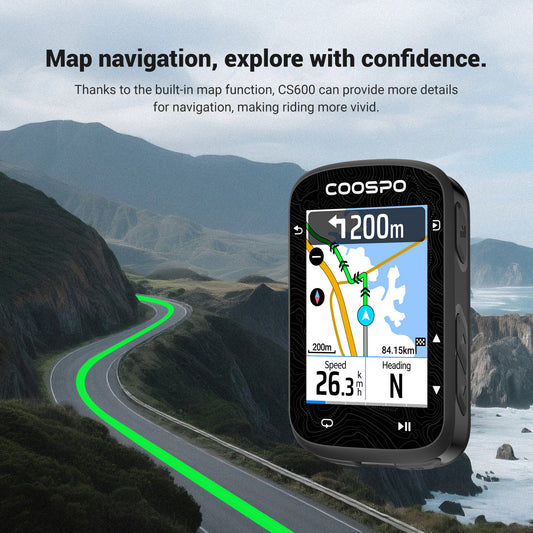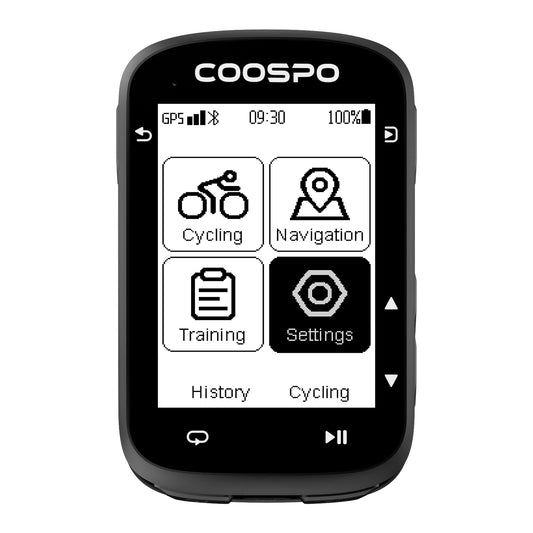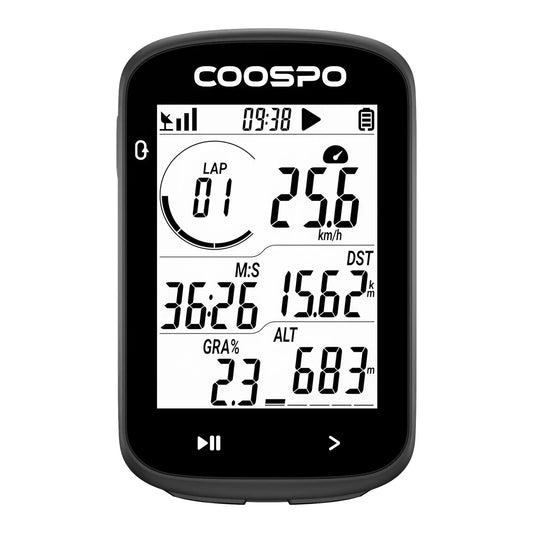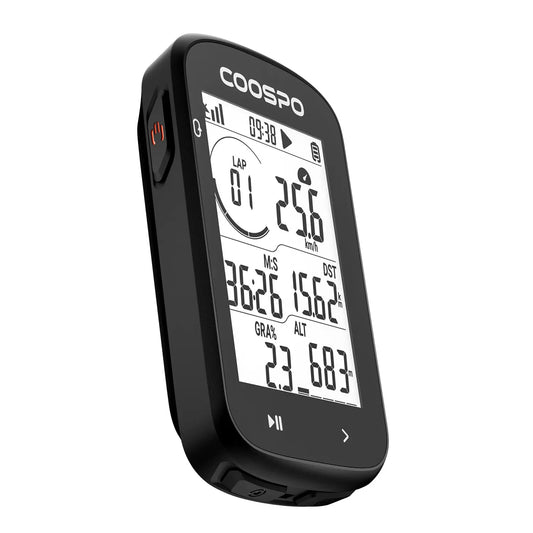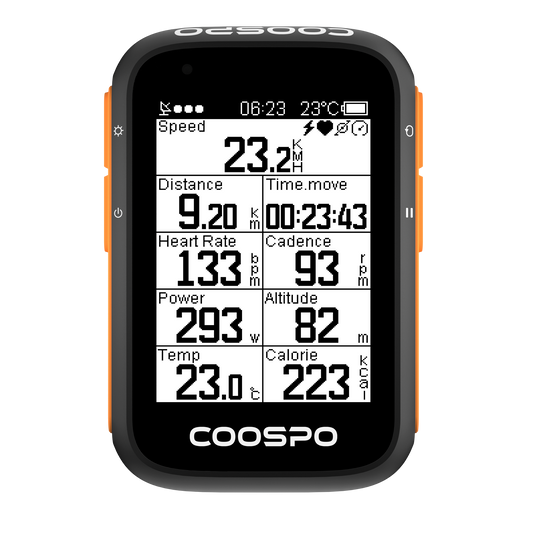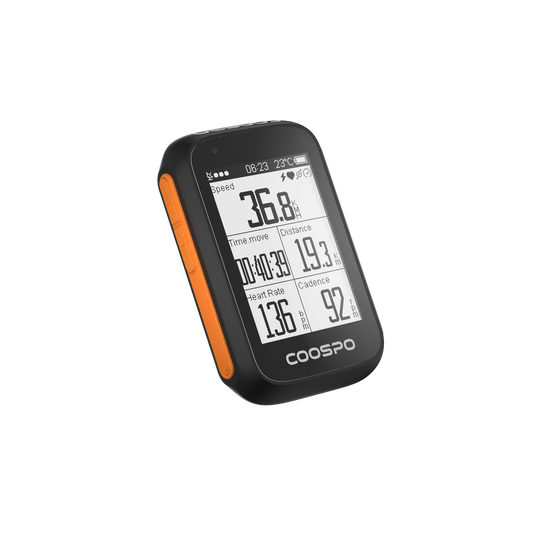Does Music Make Indoor Cycling Workouts Better?
Riding to a beat can make cyclists more motivated, help them keep a steady speed, build stamina, and lift their spirits.
Cycling indoors with music is great, but when riding outside, especially in traffic, listening to music can be risky because it can take your attention away from what's happening around you.

Studies have found that music can make cycling feel easier and help cyclists work harder and stay focused. In cycling, there are fewer factors to consider, making it easier for researchers to see how music affects performance. However, music has its limits, so it's important to know what it can and can't do.
What's in it for cyclists?
Indoor cycling can feel boring sometimes. But music? It changes everything. For many riders, music not only makes it fun, but also helps them perform better. Here’s how:
Beats as rhythm guides: A steady beat works like a metronome, helping you keep time. Spin instructors often match music speed to the workout—faster beats for sprints and slower ones for climbs—so you can follow along easily.
Easier to handle: Studies show that listening to music can make hard activities feel about 10% easier, reducing how hard we think we're working.
Listening to good music can boost your mood and increase your motivation. If you connect a song with positive feelings, it can help you focus better. For cyclists, part of the excitement of riding comes from being able to enjoy their favorite tunes.
Better coordination and efficiency: Pedaling in time with a steady beat can help improve movement and boost performance. Some studies have shown that cyclists use 7% less oxygen when they ride along with music.
What does the research say?
Performance Gains (and Time Trials)
A 10 km time-trial study found that cyclists finished the trial 10–34 seconds faster when listening to trance music (about 142 bpm), especially in the first few kilometers. Interestingly, the riders felt that their effort was higher, meaning they worked harder but felt more motivated.
However, other studies have shown different results. One study with experienced cyclists found no noticeable differences in completion time, power output, heart rate, or how hard they felt they were working when comparing trials with music to those without music. Still, participants said they enjoyed the music trials more.

A study from 2010 explains why there are mixed results about music and exercise. It found that music can help improve athletic performance by making people feel less tired and allowing them to work harder. When people cycle indoors at low to moderate levels, music can make them feel like they are putting in about 10% less effort. If the music is what they like, that feeling of less effort can increase to around 12%. At moderate levels of exercise, music can also make people feel happier and help them focus less on how their bodies feel. This means that workouts can feel more comfortable.
Additionally, matching the music tempo to your pedaling speed at a moderate intensity can lower oxygen usage by 6%, making your effort more efficient. At high intensity, syncing the tempo can boost your endurance by 5%.
Music can boost your energy, but it doesn’t necessarily make tough high-intensity interval training sessions feel easier. However, using fast-tempo music during intense workouts and medium-tempo music during rest periods can lift your motivation, even if your heart rate or performance doesn't improve. This shows that music is really helpful for staying mentally engaged and motivated during endurance exercises.
Interval Performance and Enjoyment
A study on sprint cycling (doing 4 sets of 30-second all-out efforts) found that listening to music helped boost both the highest and average power output and made the experience more enjoyable, although it didn’t change perceived effort or motivation levels.
Even if music doesn’t always make tough workouts feel easier, it increases motivation and helps athletes stay focused. This allows them to get through hard intervals even if they still feel physically demanding.
Psychological Benefits
Studies in fitness classes found that playing music and dimming the lights made people enjoy the workout more and feel less tired, even though their heart rates and calories burned stayed the same.
At moderate intensity, music makes exercise feel easier and can actually help you perform better. However, when the intensity is high, the benefit of distraction from music isn't as strong. Still, music can boost your motivation, help you focus, and improve your mood, which is important for finishing challenging workouts.

To make the most of these benefits, pairing your playlist with a Coospo heart rate monitor can help you stay in the right training zone—so you enjoy the music and keep your effort on track.
How to reap the benefits
Pick the Right Tempo
Look for music with a tempo of 120–140 beats per minute for moderate to intense workouts; slower songs are great for warming up or cooling down.
Think of progressive tempo playlists as music that starts slow and gradually gets faster, matching the increasing intensity of a workout. For instance, Pamela Reif’s workout playlists often kick off with mid-tempo songs to help you warm up, then transition to high-energy tracks that align perfectly with her toughest exercises.
Match Music to Workout Phases
Let the beat drive your cadence: easy songs for steady pace, explosive beats for sprints, reflective tracks for cooldowns.
Choose Motivational Tracks You Love
Emotional connection matters. A song tied to good memories or victories can make tough efforts feel lighter.
Personalize and Track What Works
As Karageorghis recommends, keep a log: what genres or tempos elevate your mood, increase RPM, or help you sustain effort?
Cool Down with Relaxing Music
After workouts, calming tracks help lower cortisol and assist recovery.
Be Mindful of Volume
Loud music in studios can exceed 100 dB—potentially harmful to hearing. Keep levels safe to avoid long-term damage.
What are the limitations?
Once you go beyond around 75% of your aerobic capacity, music becomes less effective. Above this intensity, our attention is drawn away from external cues like music, landscapes, or surroundings, and instead focuses on internal fatigue-related symptoms. At these higher levels of intensity, the body is working so hard that the messages from the muscles to the brain, signalling fatigue, can’t be blocked by external stimuli like music. In contrast, for lower-intensity exercise, music can be extremely effective in enhancing motivation, reducing perceived exertion, and improving mood.
The bottom line
Music isn’t just a backdrop—it’s a powerful tool in the indoor cyclist’s kit. When matched well to your workout and emotional state, music can:
Lower perceived effort and mask discomfort at moderate intensity
Boost enjoyment and motivation
Help regulate cadence and improve efficiency
Enable you to push harder in intervals and long efforts
Make sessions feel faster and more engaging
Aid recovery when used post-workout
That said, its impact can be muted at very high intensities, and it’s not a one-size-fits-all solution—selection and strategy matter. Listen safely, curate thoughtfully, and let the beats carry your ride.
For an even better indoor training experience, the Coospo CS500 bike computer offers a dedicated indoor cycling mode, helping you track and optimize your sessions with precision.



